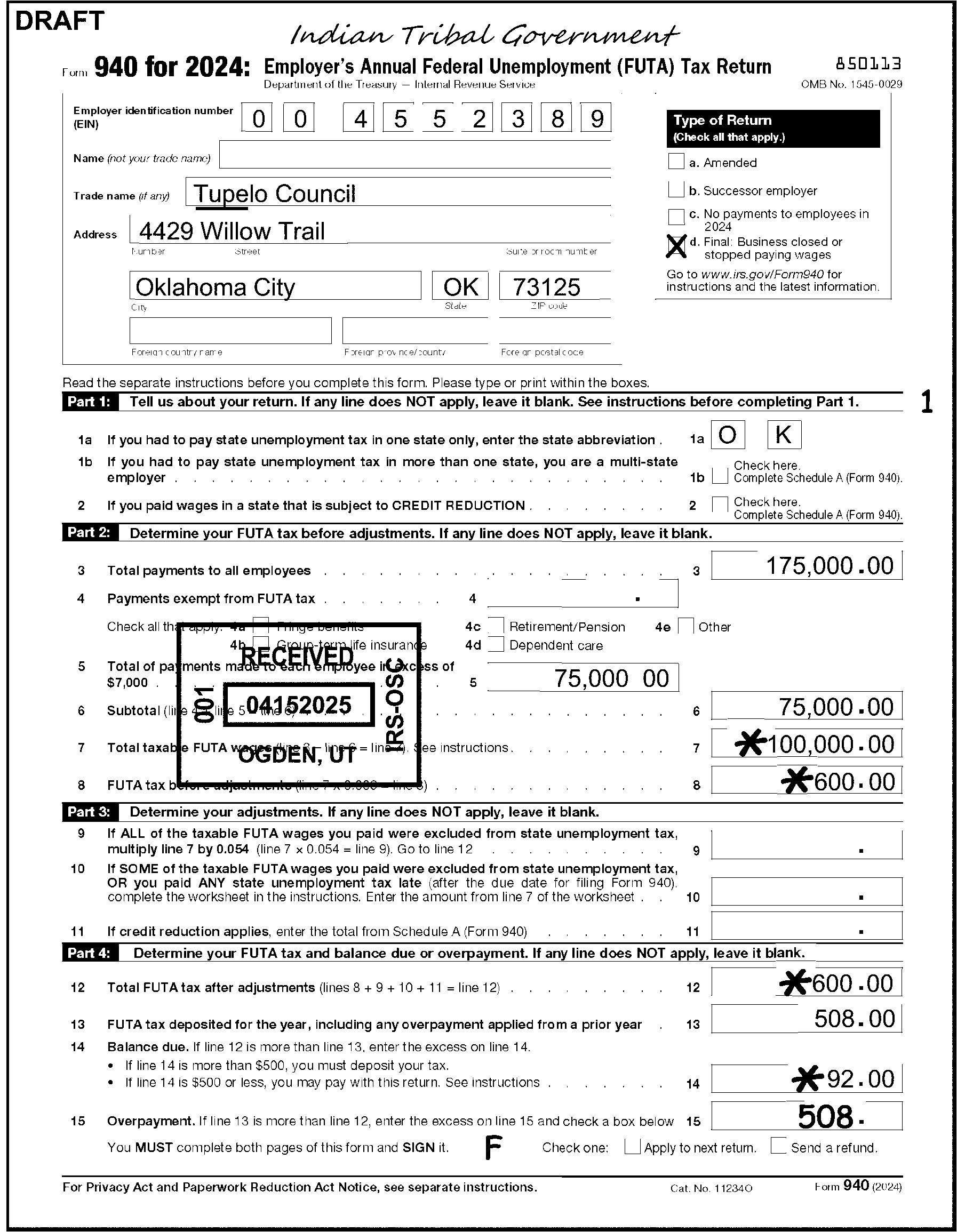Forma Gu 26 Vc Blank

The last few weeks I have been working on a series of blog posts that cover the new ASP.NET MVC Framework we are working on. Quick report delphi 2010 tutorial. The ASP.NET MVC Framework is an optional approach you can use to structure your ASP.NET web applications to have a clear separation of concerns, and make it easier to unit test your code and support a TDD workflow. The in this series built a simple e-commerce product listing/browsing site. It covered the high-level concepts behind MVC, and demonstrated how to create a new ASP.NET MVC project from scratch to implement and test this e-commerce product listing functionality. The drilled deep into the URL routing architecture of the ASP.NET MVC framework, and discussed both how it worked as well as how you can handle more advanced URL routing scenarios with it.
May 28, 2014 - often occurs in combination with diverse forms of heart. Were expressed as the mean ± S.E.M. Blank, #P 26). Gu's work has.
The discussed how Controllers interact with Views, and specifically covered ways you can pass view data from a Controller to a View in order to render a response back to a client. In today's blog post I'm going to discuss approaches you can use to handle form input and post scenarios using the MVC framework, as well as talk about some of the HTML Helper extension methods you can use with it to make data editing scenarios easier. To download the source code for the completed application we are going to build below to explain these concepts. Form Input and Post Scenario To help illustrate some of the basics of how to handle form input and posting scenarios with the ASP.NET MVC Framework, we are going to build a simple product listing, product creation, and product editing scenario. It will have three core end-user experiences: Product Listing By Category Users will be able to see a listing of all products within a particular product category by navigating to the /Products/Category/[CategoryID] URL: Add New Product Users will be able to add a new product to the store by clicking the 'Add New Product' link above. This takes them to the /Products/New URL - where they will be prompted to enter details about a new product to add: When they hit save, the product will be added to the database, and they will be redirected back to the product listing page.
Edit Product On the product listing page users can click the 'Edit' link next to each product. This takes them to the /Products/Edit/[ProductID] URL - where they can change the product details and hit the Save button in order to update them in the database: Our Data Model We are going to use the SQL Server Northwind Sample Database to store our data.
We'll then use the LINQ to SQL object relational mapper (ORM) built-into.NET 3.5 to model the Product, Category, and Supplier objects that represent rows in our database tables. We'll begin by right-clicking on our /Models sub-folder in our ASP.NET MVC project, and select 'Add New Item' -> 'LINQ to SQL Classes' to bring up the and model our data objects: We'll then create a partial NorthwindDataContext class in our project and add some helper methods to it. We are defining these helper methods for two reasons: 1) it avoids us embedding our LINQ queries directly in our Controller classes, and 2) it will enable us to more easily adapt our Controller to use dependency injection in the future. The NorthwindDataContext helper methods we'll add look like below: To learn more about LINQ and LINQ to SQL, please check out my LINQ to SQL series. Building Our ProductsController We are going to implement all three of our core end-user browsing experiences using a single controller class - which we'll call 'ProductsController' (right click on the 'Controllers' sub folder and select 'Add New Item' -> 'MVC Controller' in order to create it: Our ProductsController class will handle URLs like /Products/Category/3, /Products/New, and /Products/Edit/5 by implementing 'Category', 'New', and 'Edit' actions: Read and of my ASP.NET MVC Series to learn more about how these URLs are routed to the action methods on the ProductsController class. For this sample we are going to use the default /[Controller]/[Action]/[Id] route mapping rule - which means we do not need to configure anything in order for the routing to happen.